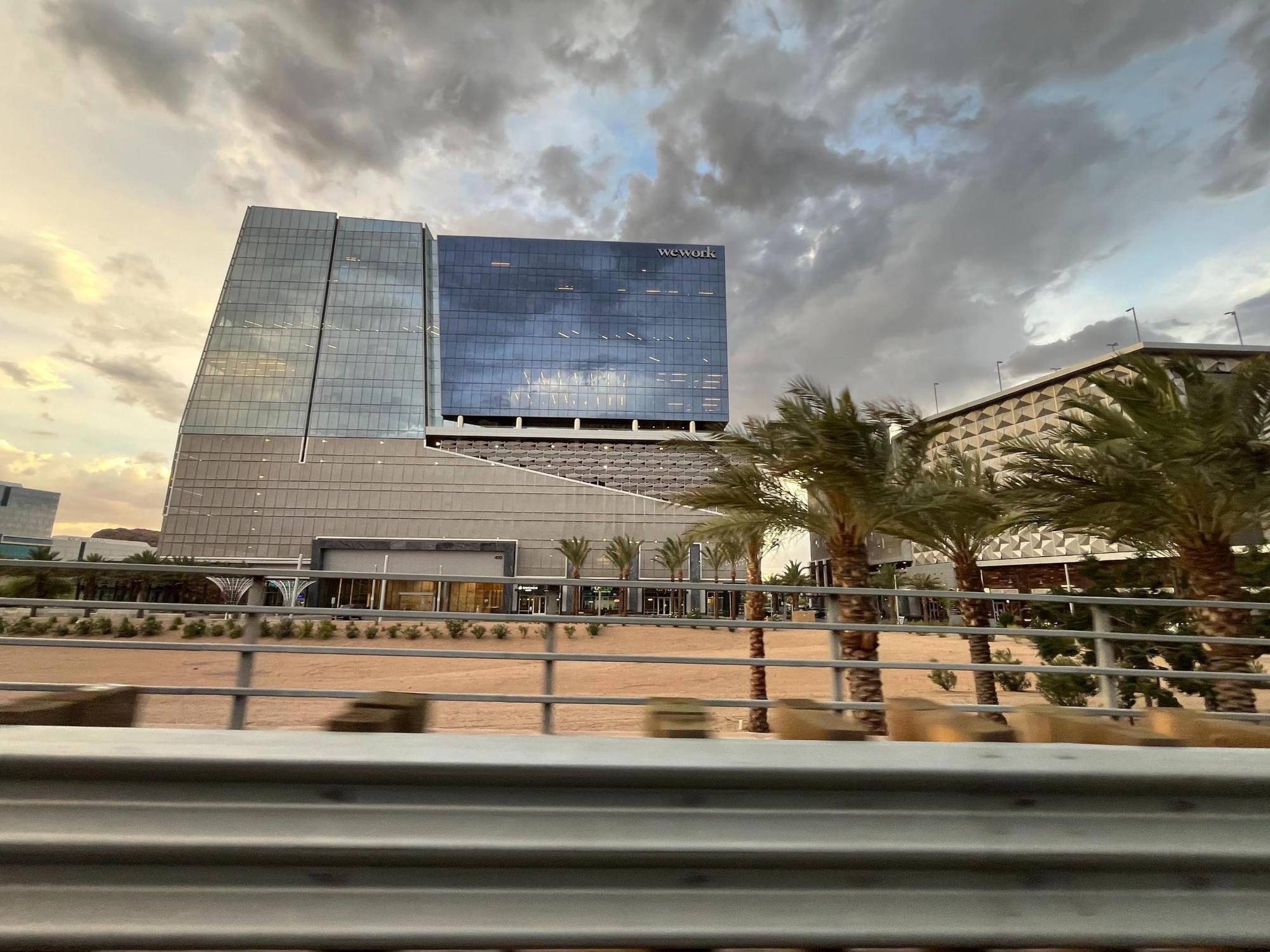Arizona’s legal cannabis industry has seen explosive growth since the passage of Proposition 207, which legalized recreational marijuana in 2020. As dispensaries multiply and demand increases, the focus has largely been on business expansion, patient access, and revenue. However, beneath the surface of this green revolution lies an often-overlooked issue—its environmental footprint.
From cultivation to customer, Arizona’s marijuana distribution network depends on transportation, energy-intensive grow operations, and excessive packaging—each carrying its own ecological cost.
Transportation and Carbon Emissions
Arizona’s cannabis products travel across the state—from cultivation sites in rural areas like Cochise and Yavapai counties to urban storefronts in Phoenix, Tucson, and Scottsdale. Most of these trips are done by traditional gas-powered delivery fleets, which emit significant amounts of carbon dioxide.
Unlike other states that have embraced micro-distribution hubs or electric delivery vehicles, Arizona’s regulatory framework does not currently incentivize sustainable transportation practices. The result? Dozens of trips per day made by dispensary-owned or third-party drivers, contributing to highway congestion and greenhouse gas emissions.
The need for secure and compliant transport (including GPS tracking, sealed containers, and two-person teams) adds to the complexity—often leading to inefficient routing that increases mileage and fuel use. With no carbon offset requirements in place, sustainability tends to take a back seat to operational speed and security.
Packaging Waste: A Growing Problem
While Arizona mandates child-resistant and tamper-evident packaging, it has yet to seriously address the excessive waste produced by the industry. Most cannabis products are over-packaged to comply with multiple layers of state-mandated labeling, which results in piles of single-use plastics and cardboard.
Concentrates often come in tiny glass jars placed inside larger plastic containers, while edibles are frequently wrapped in foil, boxed, and then bagged. Despite their medicinal or recreational nature, these products create environmental headaches similar to those seen in the pharmaceutical industry.
Some local dispensaries have initiated take-back programs or begun experimenting with compostable materials, but these remain exceptions. Without statewide packaging reform or recycling incentives, sustainable packaging remains a challenge.
Energy Consumption at Cultivation Sites
Arizona’s desert climate is not always friendly to cannabis cultivation, especially indoors. Most licensed growers use sophisticated HVAC systems, dehumidifiers, and artificial lighting to replicate ideal conditions. These operations are energy-intensive, often consuming more electricity per square foot than data centers.
While outdoor cultivation would reduce electricity use, Arizona’s harsh summer heat, water scarcity, and pest concerns push many cultivators indoors. As a result, many facilities rely on non-renewable energy sources, further increasing the carbon footprint of the industry.
A recent study by LeafScore estimates that growing one gram of cannabis indoors uses about 2,000 watts of electricity—enough to power a refrigerator for two weeks. When multiplied across thousands of plants, the energy impact becomes staggering.
What Comes Next for a Greener Cannabis Supply Chain?
To address these concerns, Arizona lawmakers and cannabis operators alike must begin integrating sustainability into the state’s cannabis regulatory framework. This could include:
- Incentivizing electric or hybrid delivery fleets
- Mandating recyclable or biodegradable packaging standards
- Offering rebates or tax breaks to growers using renewable energy
- Implementing statewide take-back or recycling programs
Consumers also have a role to play—choosing brands that commit to sustainable practices and asking dispensaries about green initiatives can push the industry in the right direction.
As the Arizona cannabis market continues to expand, the conversation must evolve beyond profit and access. Building a sustainable marijuana distribution network isn’t just good business—it’s essential for the long-term health of the environment and the industry itself.

